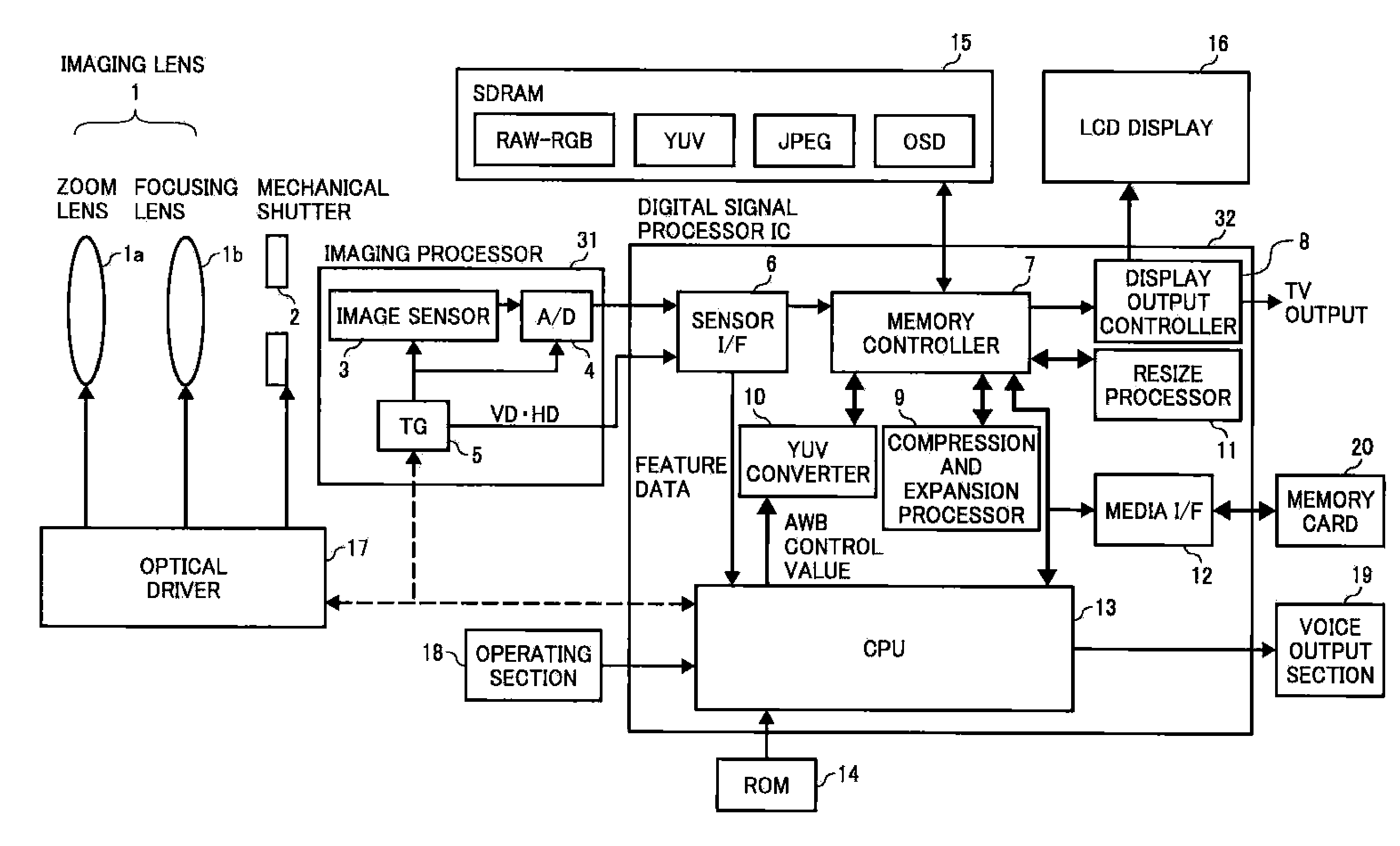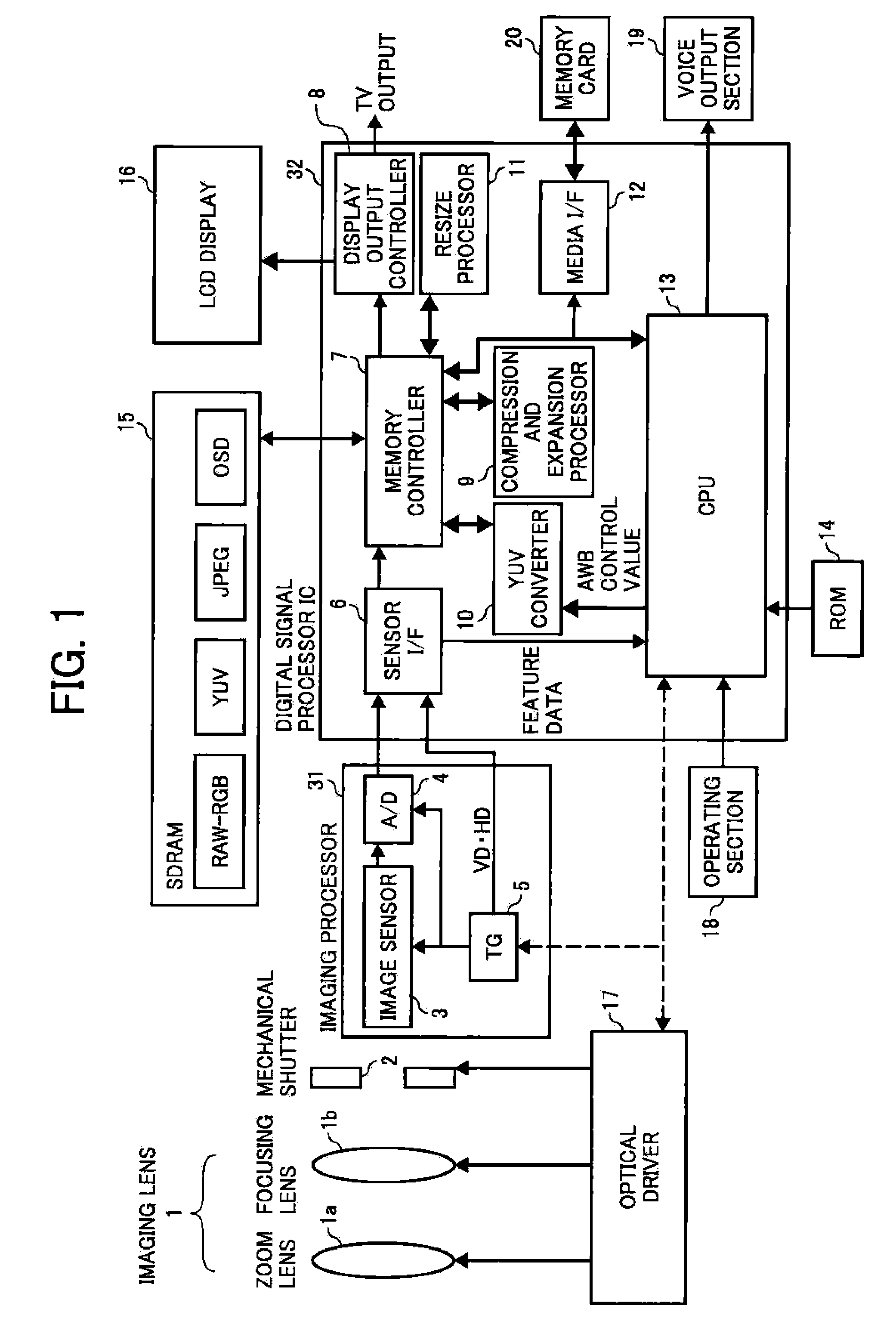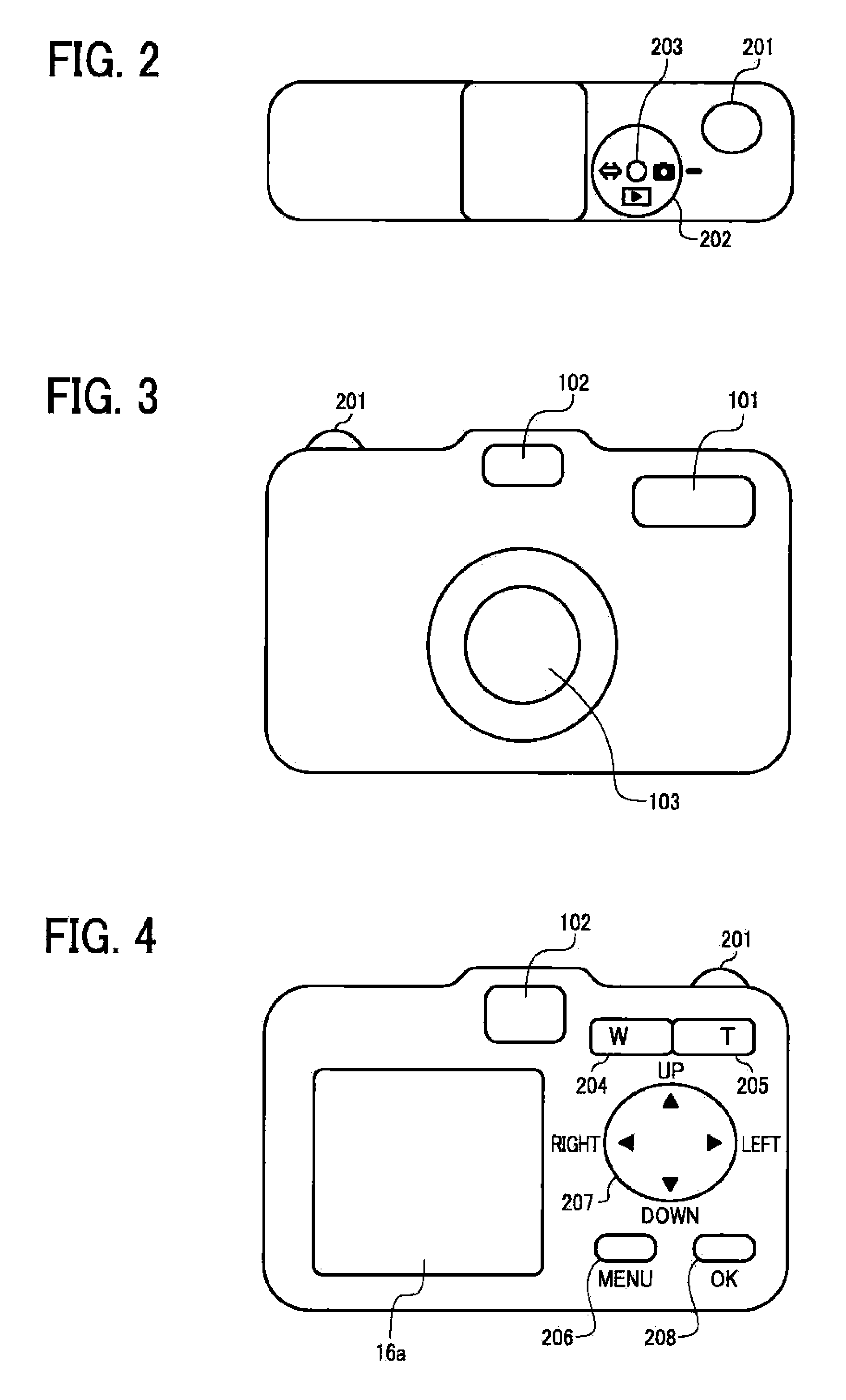Imaging device and imaging method
a technology of imaging device and imaging distance, which is applied in the direction of printers, instruments, camera focusing arrangement, etc., can solve the problems of unavoidable control of the photographing distance range, subject detection as the focused position in the af operation is not always a desired subject, and the effect of effective focus
- Summary
- Abstract
- Description
- Claims
- Application Information
AI Technical Summary
Benefits of technology
Problems solved by technology
Method used
Image
Examples
second embodiment
[0140]Next, the second embodiment of a second method for selecting a photographing distance range in the focus bracketing mode which performs continuous shooting while moving a focused position will be described. FIG. 12 illustrates the flow chat describing the second selection method.
[0141]In this case, the release button 201 (FIGS. 2-4) of the operating section 18 (FIG. 1) is constituted as a two-stage operation release switch. The AF operation is conducted by the first-stage operation, i.e., the half-pressing (release 1), and the photographing process is conducted by the second-stage operation, i.e., the full-pressing (release 2).
[0142]FIG. 13 is one example of ranging results of subject distances by the AF operation, and illustrates on its horizontal axis focused distances of a lens and on its vertical axis AF evaluation values. The example in FIG. 13 is ranging results of subjects having a front person positioned at a distance from 1 m to 2 m, a back person positioned at a dist...
third embodiment
[0152]In the example using the above-described second selecting method, the peak position is sequentially selected by once releasing the half-pressed release button 201, and half-pressing the release button 201 again. If the release button 201 is half-pressed again after selecting all of the detected peak positions, the ranging of the subject distance by the AF operation is re-conducted. Hereinafter, the specific methods of the second selecting method will be described.
[0153]At first, a first method for selecting whether the ranging of the subject distance is re-conducted or it is moved to the detected next peak position will be described. This method performs the selecting according to a change in a subject state.
[0154]As described above, the digital camera described in the present embodiment generally includes a section for obtaining an AF evaluation value and a section for obtaining an RGB integration value which calculates an AE evaluation value and an AWB evaluation value. A fr...
fourth embodiment
[0172]Hereinafter, a fourth embodiment of the present invention will be described.
[0173]As an autofocusing method, an active method using an infrared illumination LED, a passive method using an optical leas and an integral phase difference sensor, and a TTL-AF method, which guides the light after passing through a photographing lens to a phase difference sensor, are known.
[0174]The autofocusing system for use in a recent compact digital camera is generally a contrast system which is a known technique as a conventional autofocusing technique for use in a video camera.
[0175]The operation principle of the contrast system is to photograph a subject while changing the position of a focusing lens by a minimum step, extract a high frequency component of each photographing data (high frequency component of Fourier coefficient when conducting Fourier conversion to image data), and calculate as an AF evaluation value (integration value (average value) of high frequency component of Fourier co...
PUM
 Login to View More
Login to View More Abstract
Description
Claims
Application Information
 Login to View More
Login to View More - Generate Ideas
- Intellectual Property
- Life Sciences
- Materials
- Tech Scout
- Unparalleled Data Quality
- Higher Quality Content
- 60% Fewer Hallucinations
Browse by: Latest US Patents, China's latest patents, Technical Efficacy Thesaurus, Application Domain, Technology Topic, Popular Technical Reports.
© 2025 PatSnap. All rights reserved.Legal|Privacy policy|Modern Slavery Act Transparency Statement|Sitemap|About US| Contact US: help@patsnap.com



